Welcome To Antarctica
The cold never bothered you anyway? Then grab your heaviest parka and take your fly-by to the bottom of the world. The continent is home to scientific bases studying climate, geology, and the local wildlife, but in recent years has become a place the most adventurous of tourists can explore. Today, Antarctica can be explored by sea, by air, or by land. To explore Antarctica in the most cost-effective way, you will need to book a cruise which runs upwards of $8,000 for a 10-day cruise. Antarctica’s tourist season occurs during the Southern Hemisphere summer, running from late October to early March. Due to the fragile nature of Antarctica’s ecology, travel to the continent is heavily regulated, so be sure to prepare your fly-by well in advance. Remember: Antarctica has the most extreme weather on Earth so there is a certain level of risk involved with traveling here, so be sure to prepare well and respect Mother Nature if you plan to witness her in all her glory and fury.
Must see places in Antarctica quick links: Antarctic Peninsula | Drake Passage | Falkland Islands | Lemaire Channel | Port Lockroy | Ross Sea | South Georgia Island | South Shetland Islands
Antarctic Peninsula
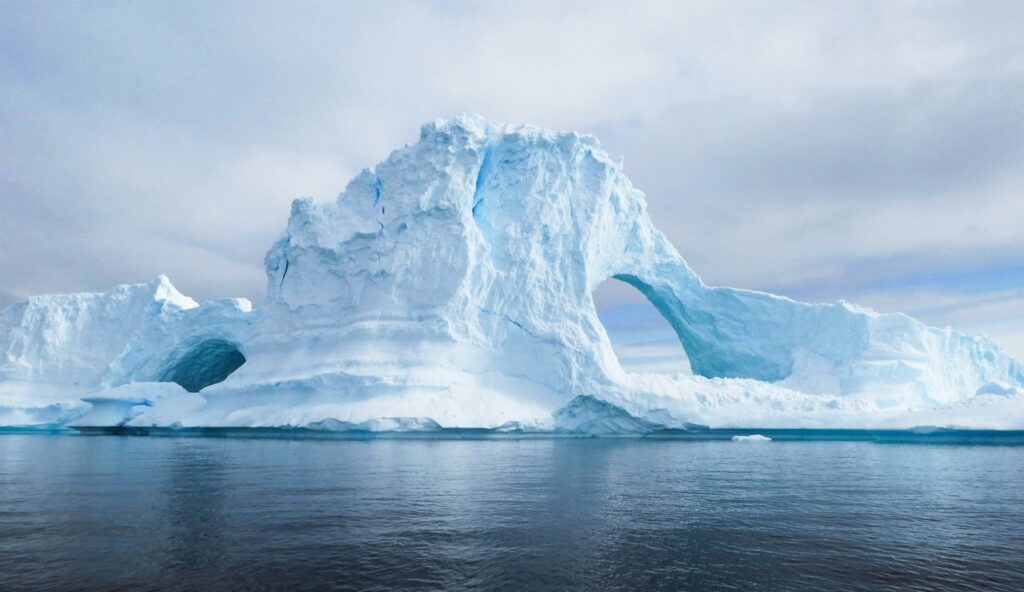
The Antarctic Peninsula is the part of the continent that juts into the Southern Ocean and is the closest part of mainland Antarctica to any other continent. Its proximity to South America and its relatively warm temperatures compared to the rest of the continent make it a prime spot for scientists studying the continent and tourists alike. On the peninsula, you can choose activities that suit your chosen level of outdoorsiness. If you’re not the biggest risk-taker in the world, observing the wildlife and scenery will be enough to fill you with wonder and maybe do a little snowshoeing or kayaking. However, if danger is your middle name you can try your hand at mountaineering.
Drake Passage
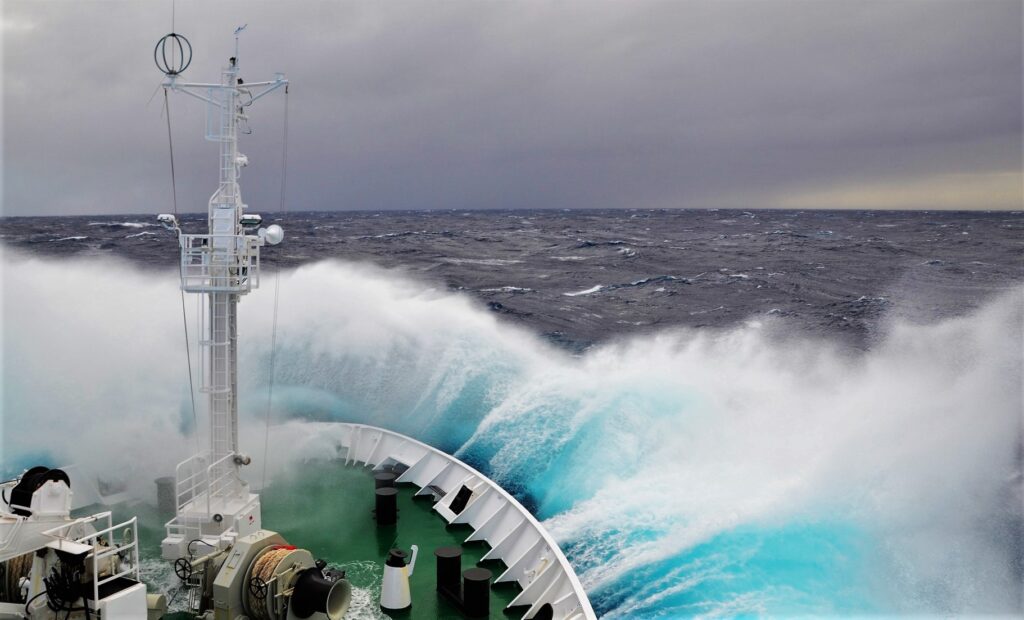
You may have found yourself in choppy seas once before, but the Drake Passage takes rough seas to a whole other level. Navigating the Drake Passage is generally considered a dangerous endeavor due to it being the confluence of three oceans with no landmass to tame it, and if you will be taking an Antarctic cruise, you will be traversing these perilous waters. That said, the risk of anything life-threatening occurring is minimal, but the seasickness is real, so even if you have never been sea-sick, come prepared for it. If you encounter pleasant seas, you may have the opportunity to see wildlife popping out of the water to greet you, like the humpback whale or the hourglass dolphin.
Falkland Islands

The Falkland Islands, though near South America’s Patagonian coast, are closely tied biogeographically to Antarctica. The island is a British overseas territory, though its sovereignty has been disputed by Argentina for decades. Stanley is the capital and largest city on the Falkland Islands where a modest amount of sightseeing can be done, most notably the Government House and Christ Church Cathedral. Outside of Stanley, you will likely be doing a lot of wildlife-viewing, particularly birdwatching, as the Falkland Islands are a breeding ground for over 60 species.
Lemaire Channel
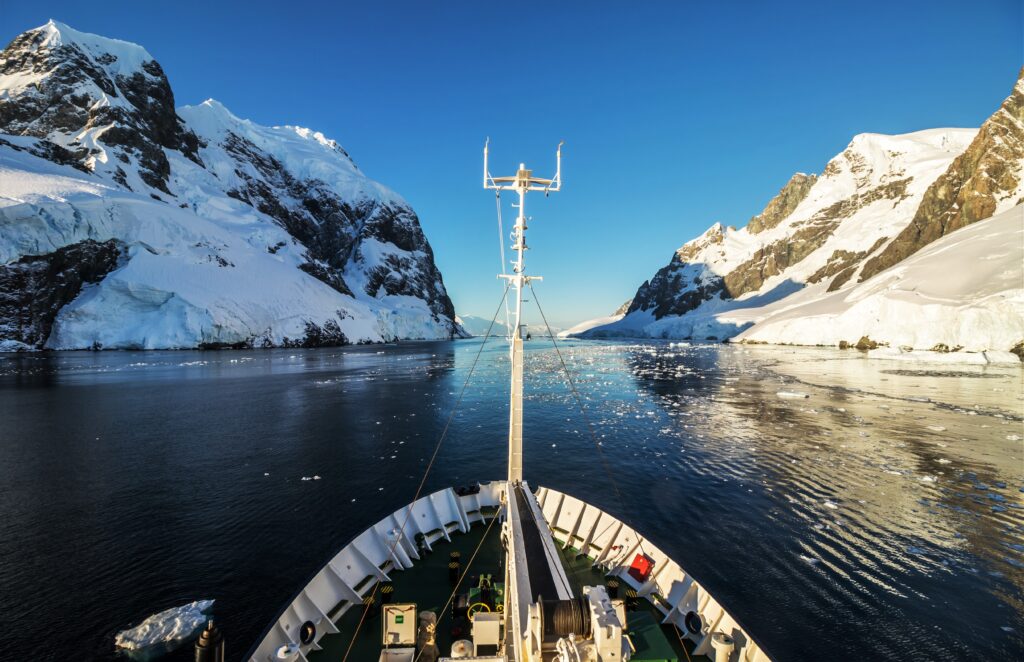
After braving the Drake Passage, the Lemaire Channel is a sight for sore eyes. The channel is located near the northern tip of the Antarctic Peninsula to the west. Its still waters seem uncharacteristic in comparison to everything around it, which makes it a nice place to observe the peninsula’s beauty from the sea. In the channel, you will notice icebergs dotting the placid waters as well as the jagged peaks on either side of you, most notably Una Peaks.
Port Lockroy
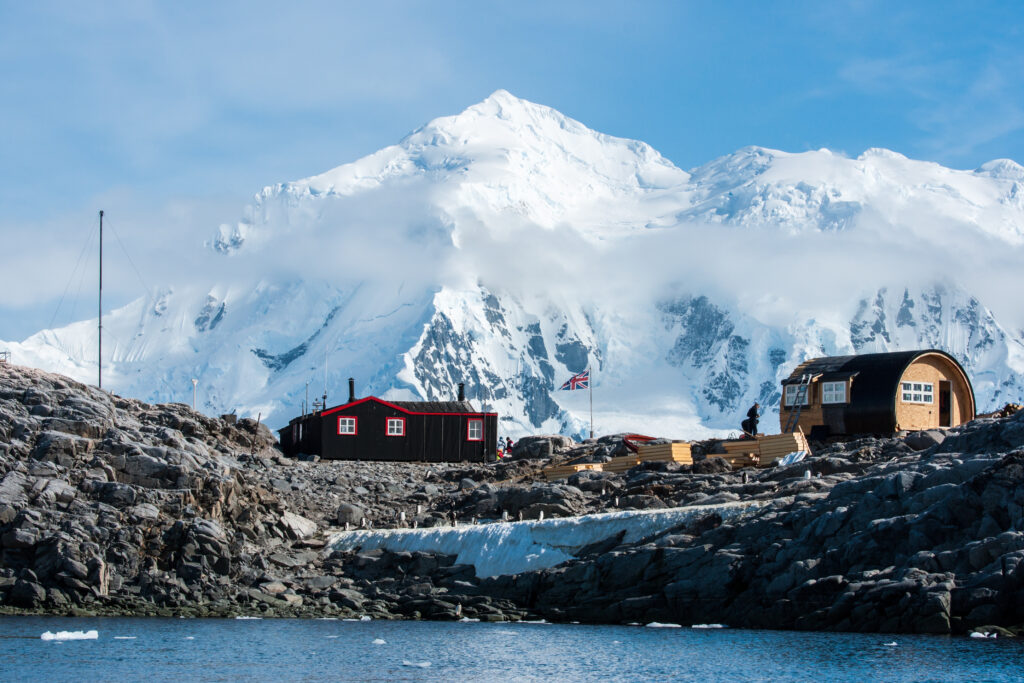
Port Lockroy is on Goudier Island, west of the Antarctic Peninsula. Formerly a British Antarctic base, it is now one of the most popular tourist attractions in the Antarctic. The base was renovated in the mid-1990s and has since become a three-in-one attraction: a museum showcasing artifacts from when Port Lockroy was an active base, a gift shop which helps fund the site’s upkeep, and the world’s southernmost post office.
Ross Sea
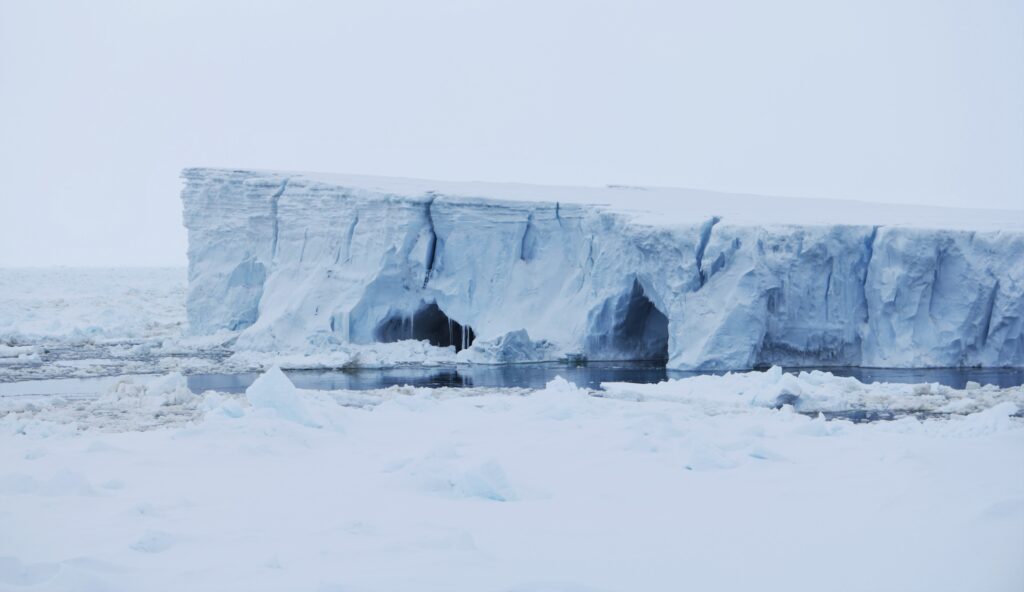
The Ross Sea is closer to Australia than South America, so if you want to see the Ross Sea, chances are you’ll be leaving from New Zealand. In spite of its ice-choked waters, they’re rich in biodiversity thanks to the abundance of nutrients. Penguins are a common site in the Ross Sea, as are seabirds like albatross, and the southern right whale. This is also where the Ross Ice Shelf resides, which you’ll see if you venture out to the Bay of Whales, along with its ice fronts rising up to 50 meters above the water. On Ross Island, you will find Mount Erebus, the second-highest volcano in Antarctica and the southernmost active volcano on earth at which fire and ice coexist.
South Georgia Island
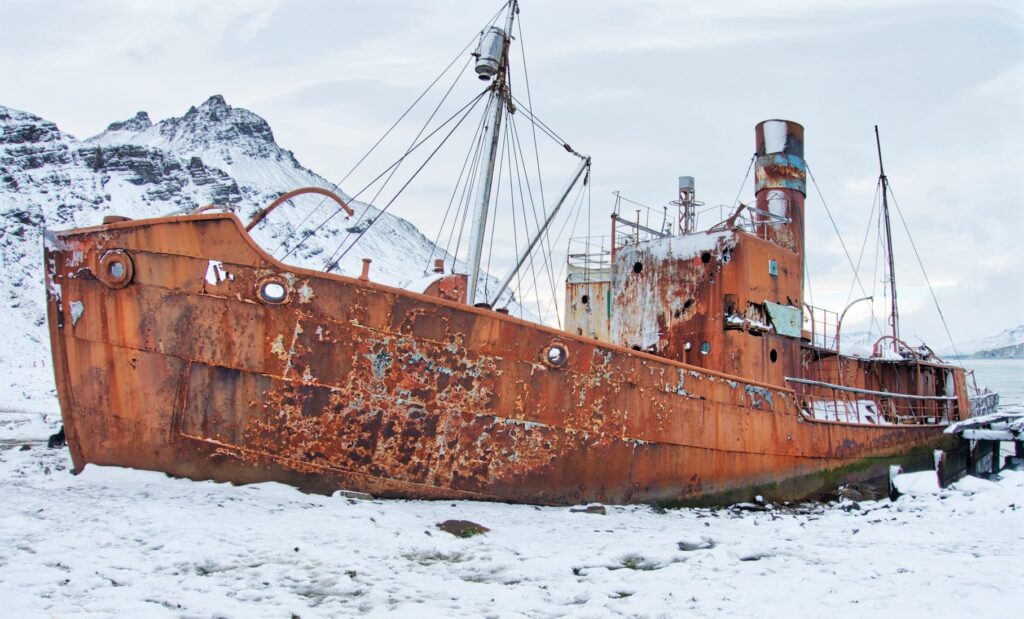
If you find yourself on a longer Antarctic cruise, you may journey to South Georgia Island, the largest of a collection of remote islands in the southern Atlantic. Should you sail here, the sole stop will be Grytviken, a former British whaling station. In Grytviken, you can visit the town’s church as well as the South Georgia Museum. While not very big, the Museum’s grounds contain the graves of Antarctic explorers Ernest Shackleton and Frank Wild.
South Shetland Islands
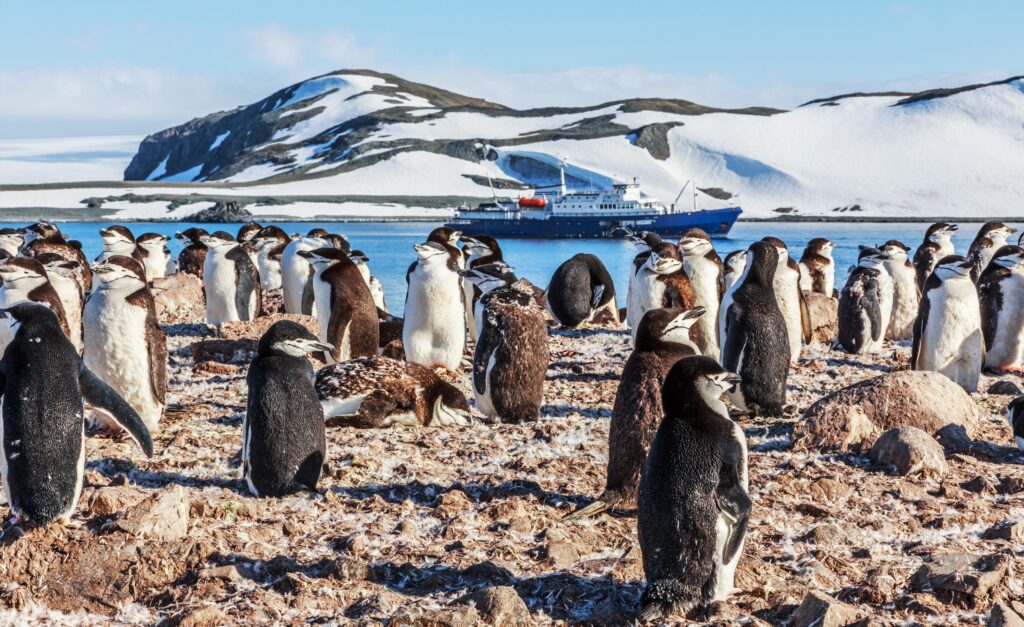
The South Shetland Islands are an archipelago off the northern coast of the Antarctic Peninsula. Due to their position as some of the northernmost Antarctic islands, they are the most popular destination on the southernmost continent. Deception Island, less an island than a caldera of an active volcano, is a popular attraction within the islands due to the prevalence of chinstrap penguins and the opportunity for the warmest bath south of the Antarctic Circle. Elsewhere on the islands, visitors will see the remains of Antarctic whaling stations, gorgeous views of rugged terrain, and wildlife including seabirds, penguins, and seals.
Must see places around the World by continent: Africa | Antarctica | Asia | Australia/Oceania | Europe | North America | South America

